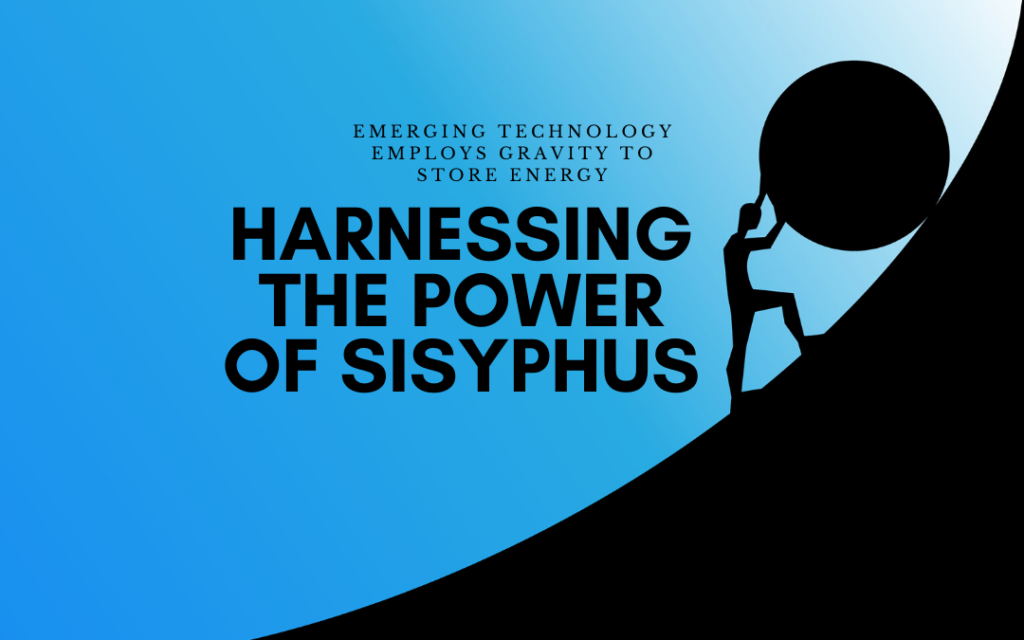 _______
_______
A recent study has found that combining hydro-power with mountain storage could represent a realistic option for areas with high electricity costs.
_____________
In Greek mythology, the story of Sisyphus is one of pointless labor. Sisyphus — so the story goes — was a self-aggrandizing king whom the Gods punished by forcing to roll an immense boulder up a hill, only to have it repeatedly roll back down. He repeats this pointless labor for all eternity.
But what if the labor wasn’t pointless? The term “Sisyphean” conveys the idea of work considered both laborious and futile. But what if you could turn that idea on its head?
That’s what several technology companies now propose with regard to utility-scale energy storage: using the idea behind the Sisyphus myth to create something useful.
Check out the video embedded above. It illustrates one such proposal. What you will see is a machine, building something — but what? The answer is: nothing. Like Sisyphus, the machine simply lifts heavy blocks and then releases them. The idea here is that when the nearby windmills generate excess power, then instead of selling that power into the market, the power is used to lift the blocks. Then, when electricity prices rise and the wind stops blowing, the machine drops the blocks and — using gravity and presumably flywheels — generates power.
A Swiss company called “Energy Vault” is developing this technology using a $100 million investment from the Japan-based SoftBank. You can read more about it here.
We have read about a similar idea described as “mountain storage” — the idea wherein a machine uses cheap wind, solar or hydro power to drag train-car sized loads of sand up mountainsides and then releases the sand downhill to generate electricity when the price is right. Potentially, such technology could compete with lithium-ion battery storage systems. A recent study by the International Institute for Applied Systems Analysis, for example, has found that combining hydro-power with mountain storage could represent a realistic option for micro-grids, remote islands and areas with high electricity costs.
Currently, lithium-ion battery storage remains the fastest-growing storage type in the United States. However, the relatively short bursts in which the lithium-ion systems deploy power may become increasingly problematic as more solar and wind resources come online. Lithium-ion systems also raise their own environmental concerns regarding the disposal of spent batteries.
You can read more about these issues and gravity-power storage options at articles here and here.
